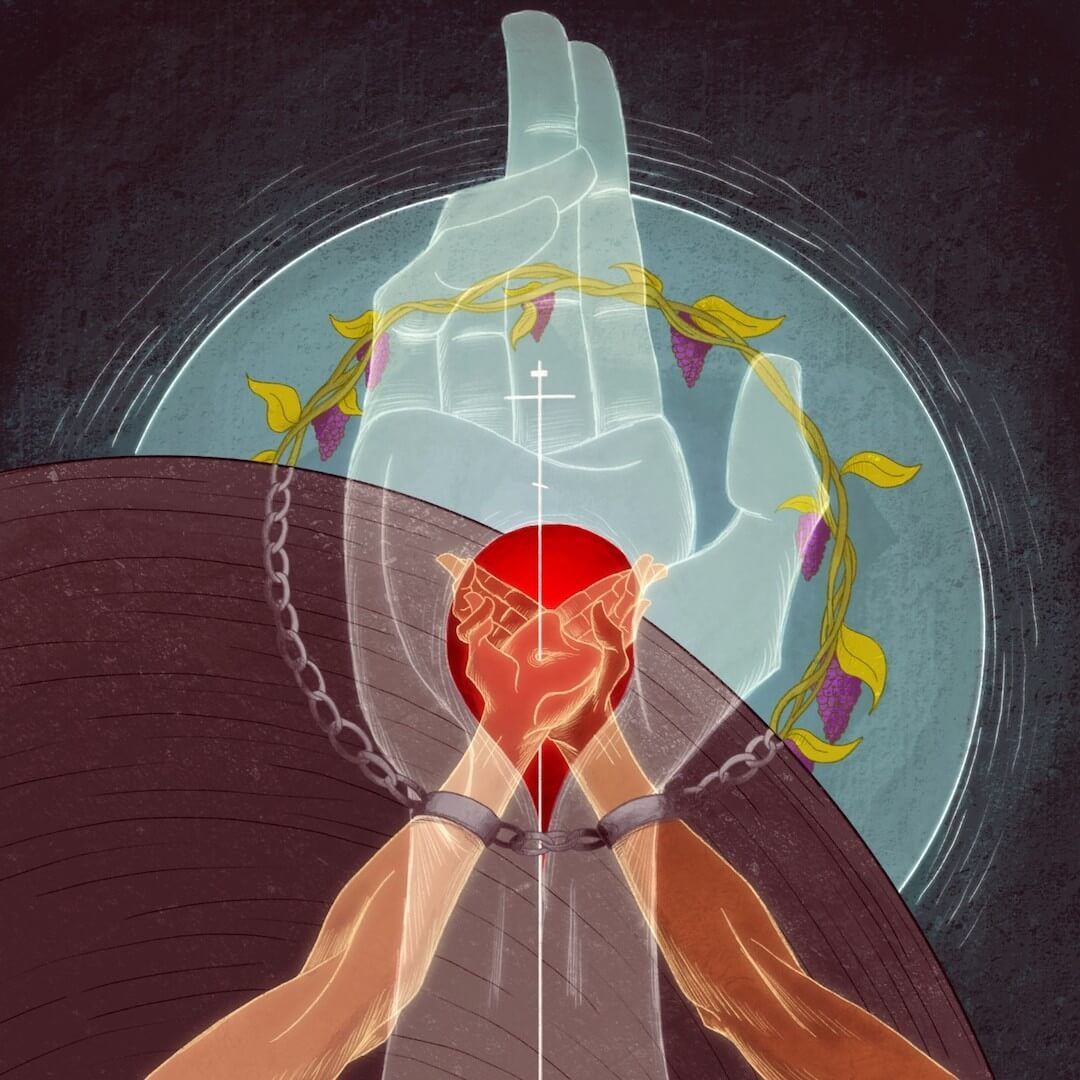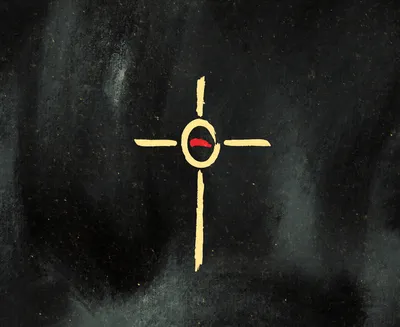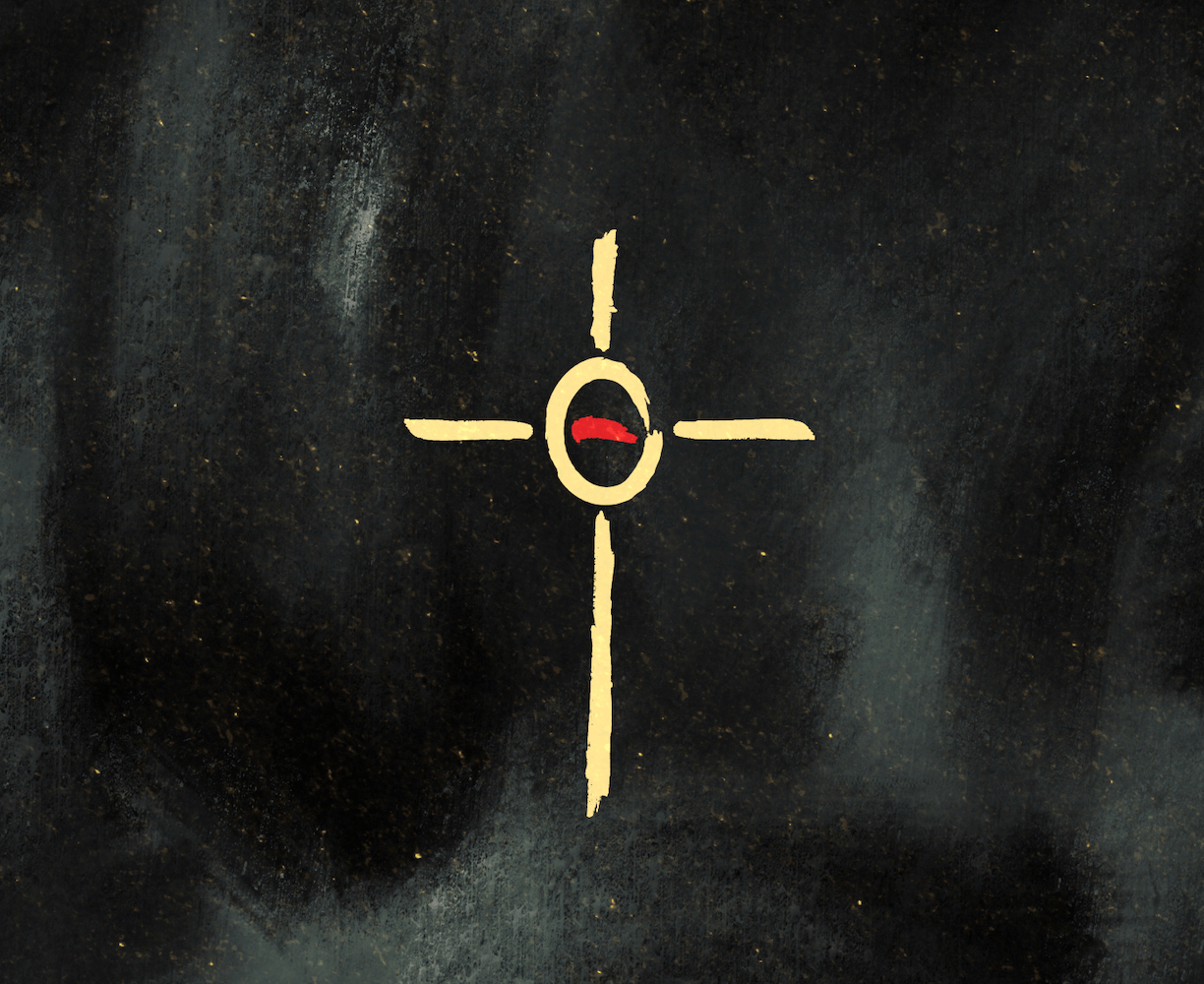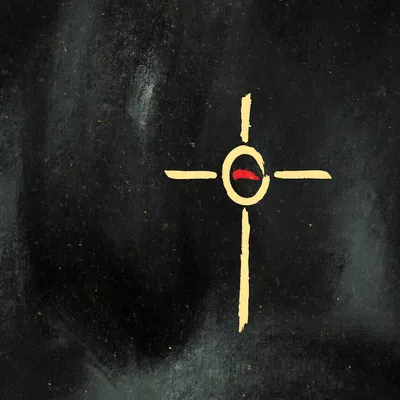
Philippians 1:3ff, ‘I thank my God in all my remembrance of you...because of our partnership in the gospel from the first day until now.’
In this image I’ve tried to picture Paul’s prayer of thankfulness for the Philippians that essentially spans verses 3-11.
First, see that ‘partnership in the gospel’ is depicted by the two hands that are joined in open-handed (i.e., Christ-imaging) service. Both hands are pierced by the cross showing their unity in their own death and resurrection with Christ, as well as in the proclamation of the Word of the Cross.
Second, note that they are both encompassed in the wounded hand of the risen Jesus, showing that—like Paul—they carry in themselves, by their sufferings, the death of Jesus, even as their continued and fruitful endurance in the ministry bears witness to the life of Jesus that sustains and empowers their work (2 Cor. 4:10-12). Of course, the centrality of the hand of the risen Jesus—framed by the open(ing) tomb also points to the heart of the gospel message.
Third: the two hands are bound together in chains—suffering together for the gospel such that sufferers are blunt one-to-another (v.7b). But see that these very hardships—pictured by chains within the circle of the stone of Christ’s tomb which represents the sphere of death—will become fruits of righteousness on the Day of Christ (anticipated by the mouth of the open tomb) for those whose knowledge and love abounds by grace more and more (v.8-11).
Finally, the structure of the entire image is anastasiform—or ‘resurrection-shaped’. The wounds of Christ’s crucifixion are displayed at the very center of the picture (and the Gospel message), but only as those wounds are now perceived in light of the resurrection. It is only in this way, when the crucified Jesus is proclaimed as the risen Lord, that the Gospel goes forth and the peoples of the earth—as Isaiah anticipated—come to ‘Behold their God’ (Is. 40:9), and so live (John 17:3).









































































